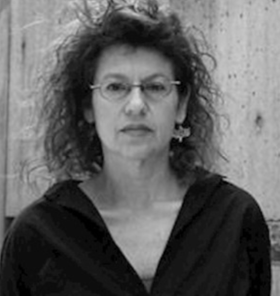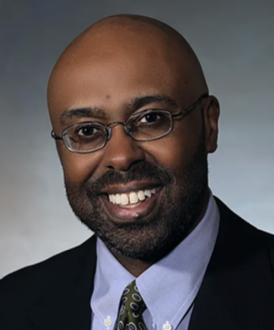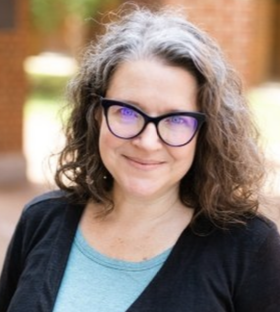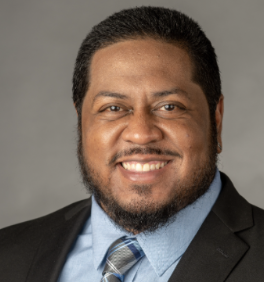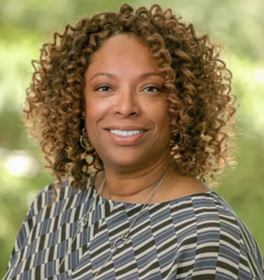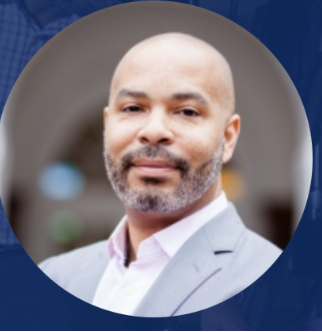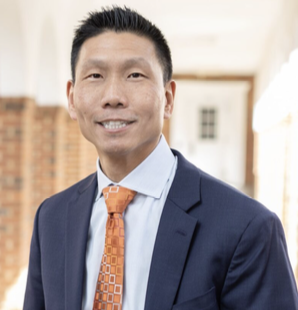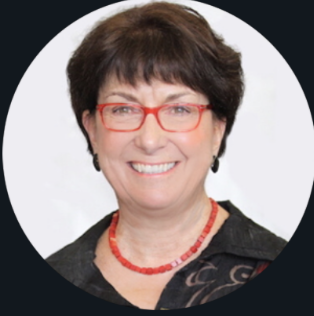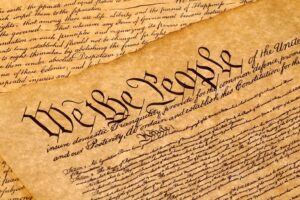 by J. Kennerly Davis
by J. Kennerly Davis
Martin Brown, a senior aide to Governor Glenn Youngkin, created quite a stir when he told an audience at the Virginia Military Institute that “DEI is dead.” Democrats in politics and the media jumped on the remark, and the Governor’s support of Brown, to assert that the Youngkin administration is hostile to policies and programs that foster diversity, equity, and inclusion. The partisan criticism is baseless. Martin Brown is correct. For Virginia to effectively foster diversity, equity, and inclusion, DEI must die.
Every system of government is based upon an idea, a fundamental concept for its organization and operation, a proposition. Most times, the idea has been small, shabby, uninspiring, and authoritarian. Ultimate authority has been held by a ruling class. The rights of individuals have been understood to be nothing more than malleable artifacts, with their scope and substance and tenure entirely dependent upon the changeable determinations and dispensations of the ruling class.
But sometimes, the idea for a system of government is a grand one, exceptional, inspiring, revolutionary. The idea of America is a grand idea: the revolutionary proposition that all persons are created equal, endowed by their Creator with inherent dignity and unalienable rights; the revolutionary proposition that the only rightful purpose of government, the legitimizing purpose, is to recognize, respect, and protect the shared sacred humanity, inherent dignity, and natural rights of the people; the revolutionary proposition that the people shall rule, and each shall be able to think and speak and worship and associate freely; the revolutionary proposition that a richly diverse people can form a strongly united nation, e pluribus unum. That is a grand idea!
For more than a hundred years, the regressive authoritarians who wrongly style themselves “progressive” have worked to undermine the grand idea of America and replace it with their own very small idea: the counterrevolutionary proposition that an elitist ruling class of credentialed technocrats, infallible “experts,” should exercise unrestrained administrative power to define the rights, allocate the resources, and direct the affairs of the supposedly unenlightened masses under their paternalistic supervision. Continue reading →

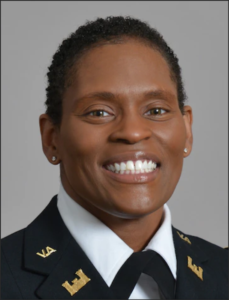
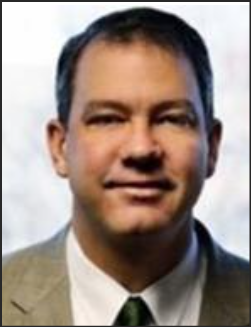
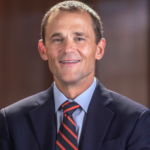
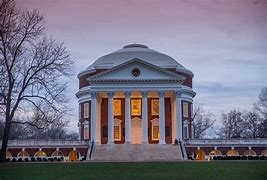
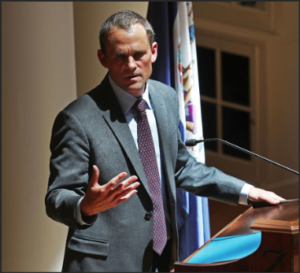
 by J. Kennerly Davis
by J. Kennerly Davis
